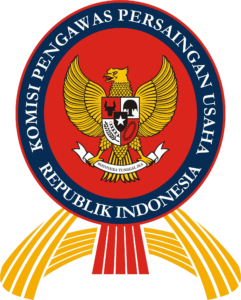
Badan Riset dan Inovasi Nasional
07-11-2022
12-08-2024
e94ac1ad-c130-4c68-a4d3-8b3c7c84c526
Determination of uric acid concentration in human urine and blood is needed to d...
This experiment was conducted to study the effects of anthropogenic stressor on ...
Smilax spp. (Smilacaceae) has long been used as medicinal herbs especially in Ea...
Mosses growing on the surface of the Borobudur Temple will affect the aesthetic ...
The ability of white rot fungi to degrade lignin using relatively non-specific e...
INFORMASI: Data berikut ini masih dalam proses pemenuhan Prinsip SDI.
16S rRNA Identification of Pediococcus spp. from Broiler and Studies of Adherence Ability on Immobilized Mucus
The objectives of this research were to study taxonomical status of lactic acid bacteria (LAB) isolated from broiler and adherence ability on mucus in vitro. Molecular analysis was performed by analyzing 16S rRNA gene using universal primer. The adherence assay on mucus was carried out using microplate method with total plate count (TPC), absorbance (A550) and confirmed by scanning electron microscopy (SEM). The results of this studies revealed that three of LAB isolates have closed relation to Pediococcus acidilactici (99.9 persen) species. Three isolates of P. acidilactici have adherence ability on broiler mucus higher than that on porcine mucin with an adherence percentage of 55.5 persen versus 50.8 persen and absorbance A550 of 0.061 versus 0.051, respectively. The highest adherence ability showed by P. acidilactici R02 with adherence percentage was 59.3 persen and absorbance A550 = 0.068. Adherence on mucus were affected by the addition of 3 g/l of gastric juice and 0.3 persen (b/v) of bile salt. Adherence analysis using SEM also showed that the adherence on broiler mucus was higher than the adherence on porcine mucin. Altogether this adherence studies, suggest that three isolates of P. acidilactici LAB were capable of colonizing host intestinal mucus in vitro as important property to be promising probiotic bacteria for broiler. Indonesian Journal of Biotechnology, Vol 17, No 12, Des 2012, hal 96-106
